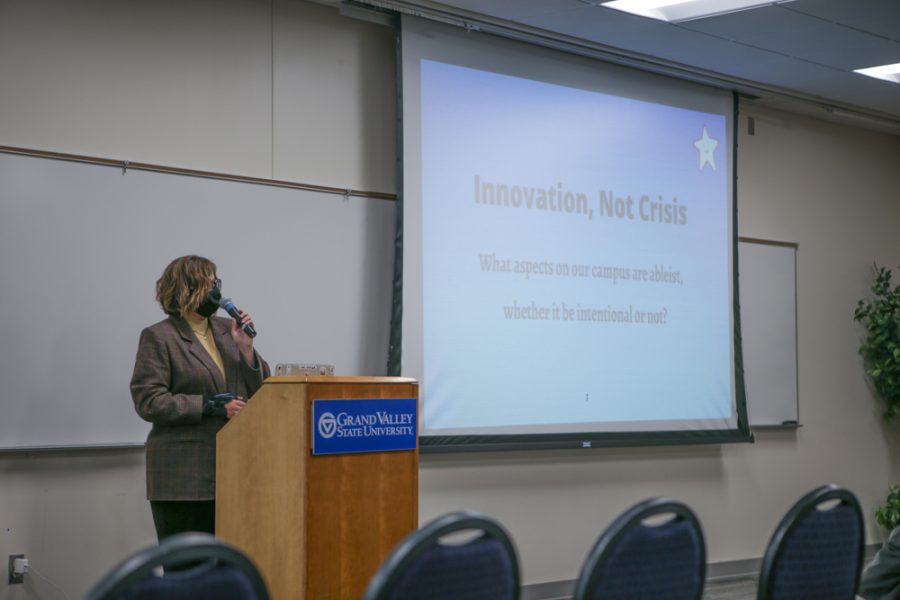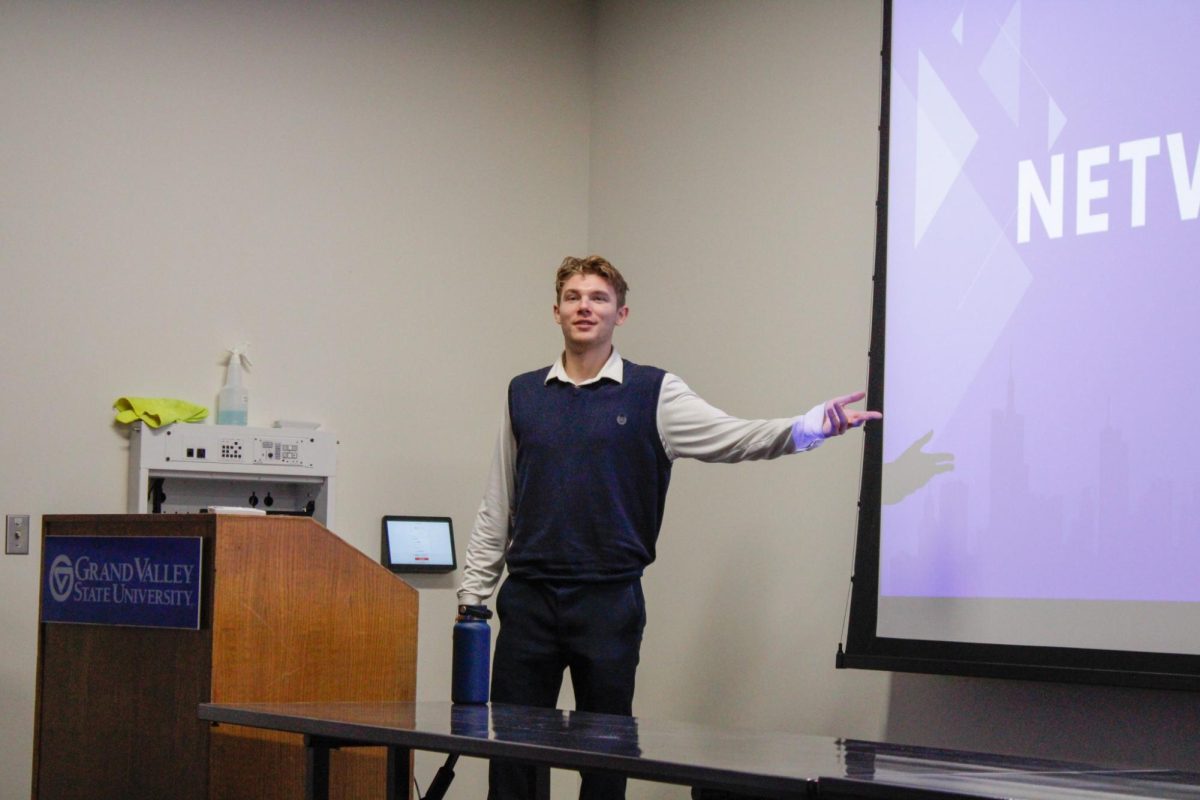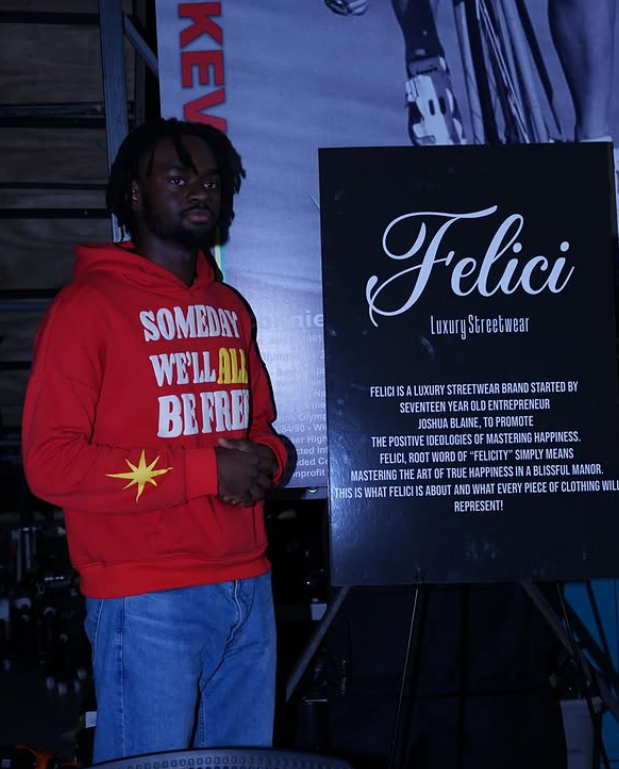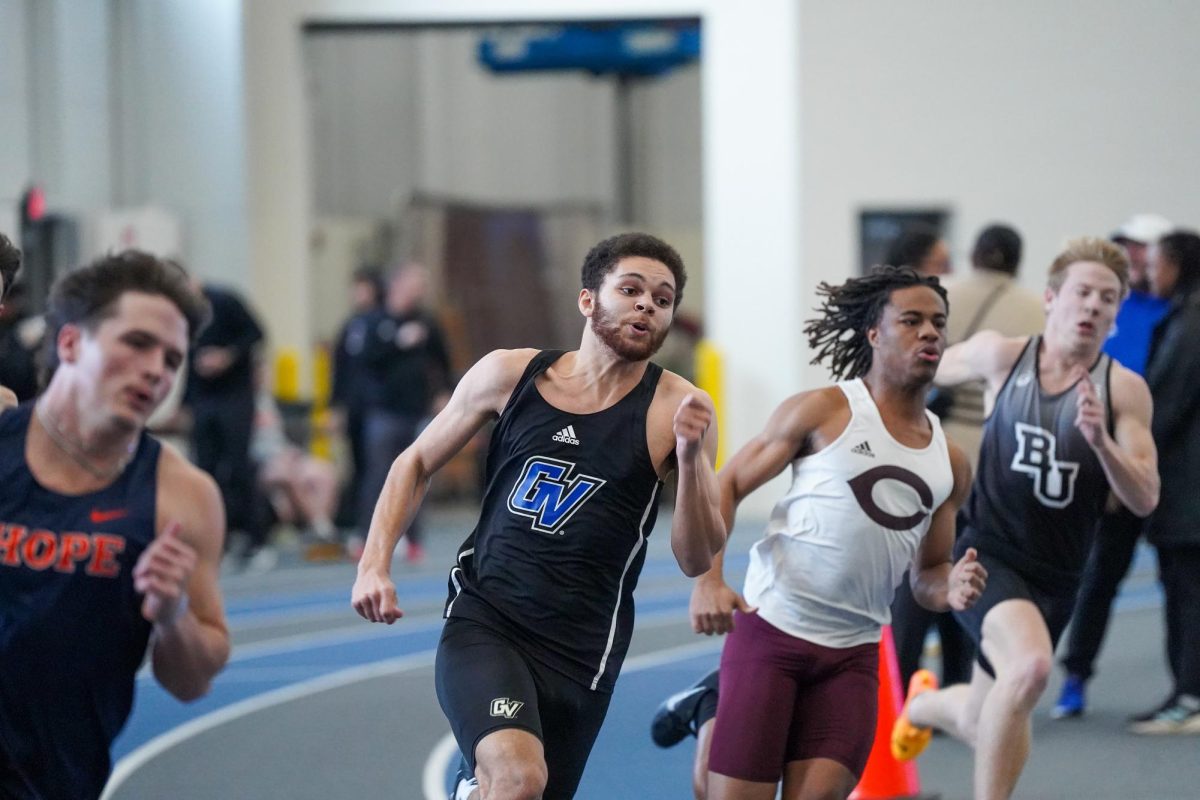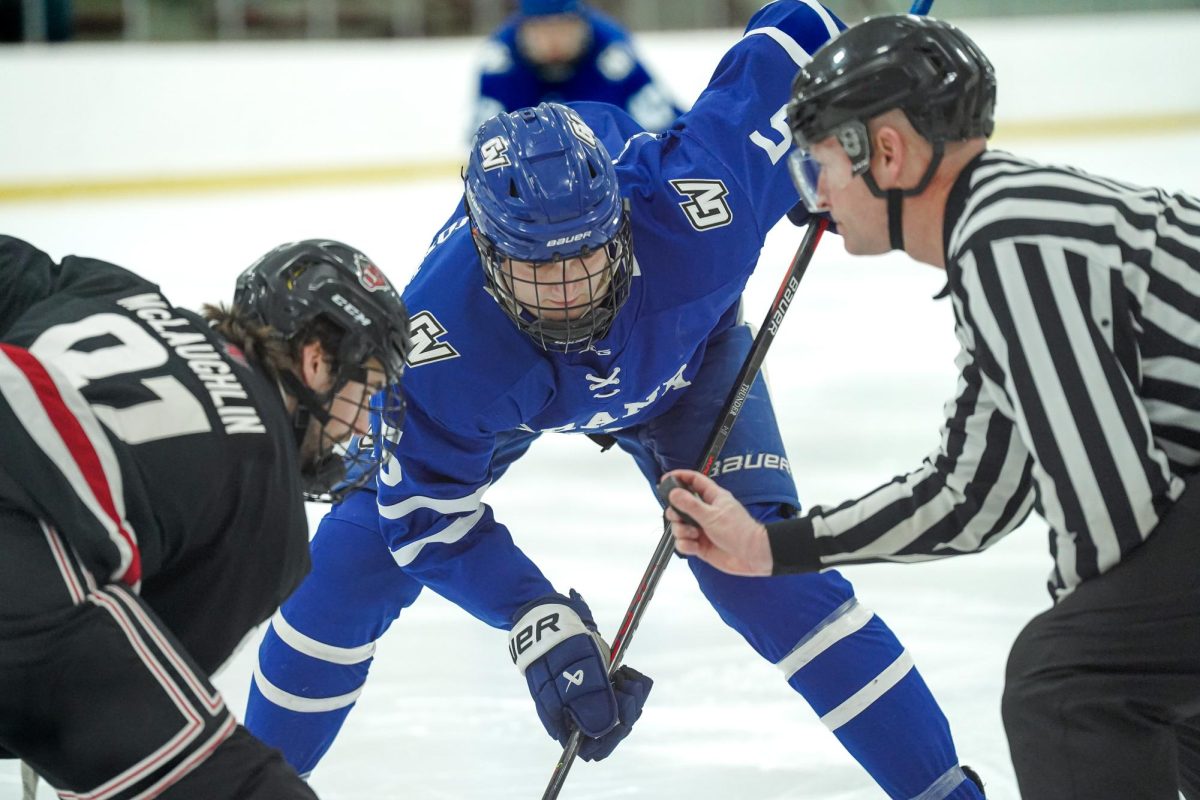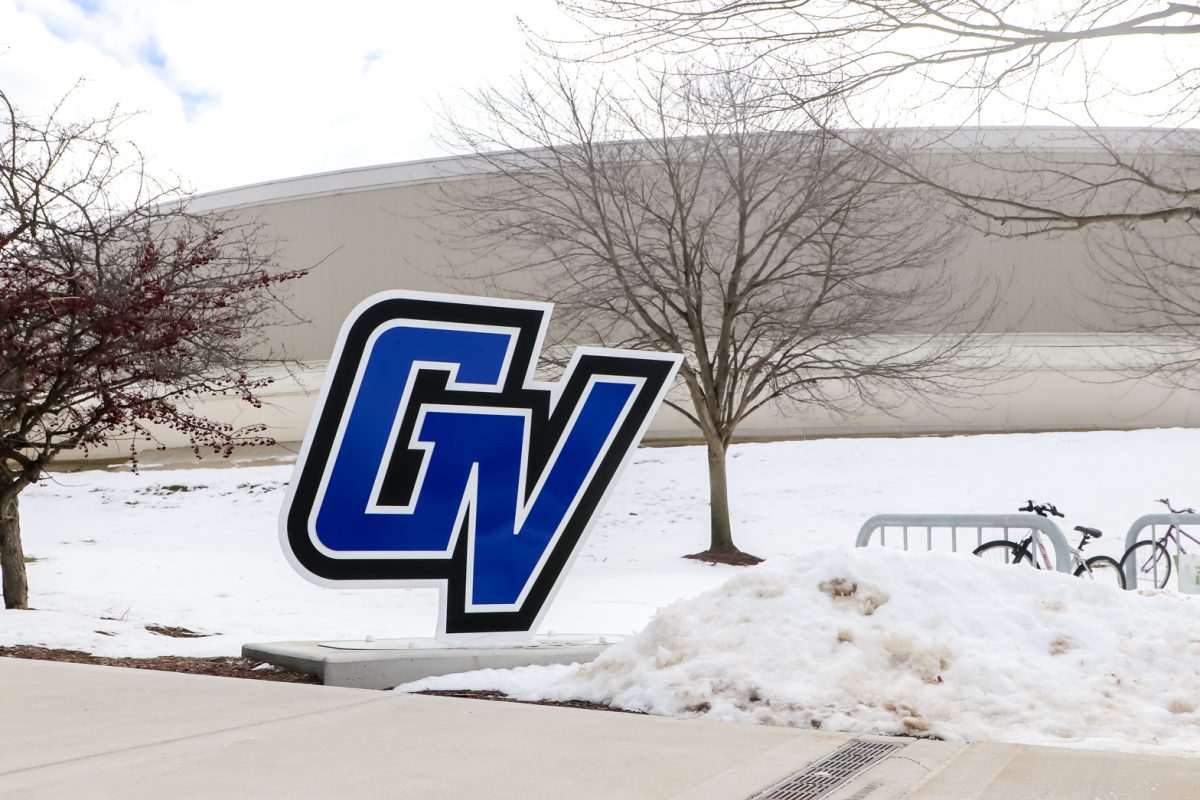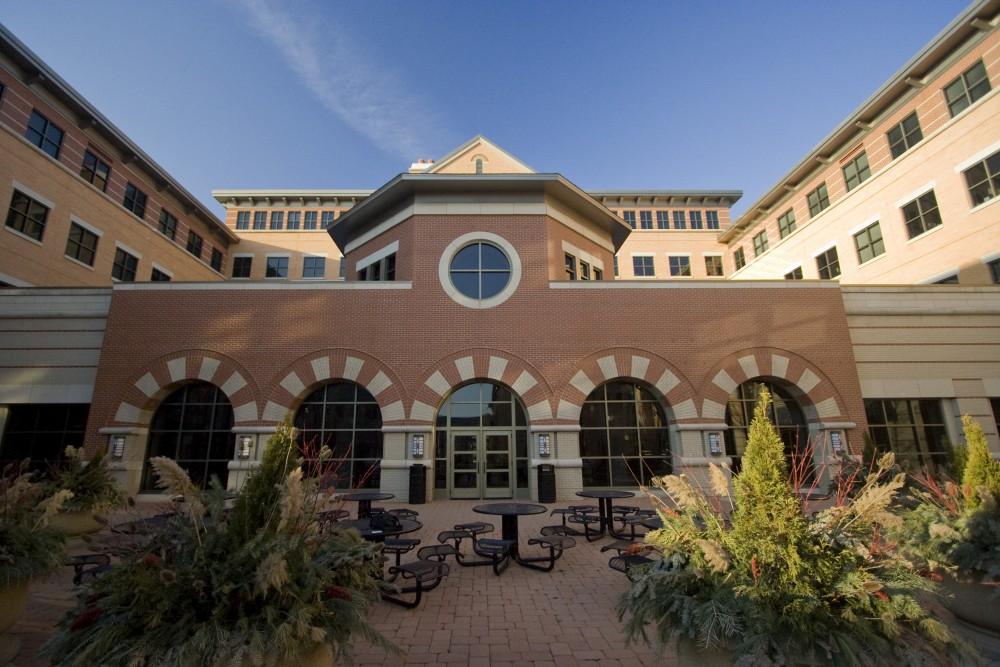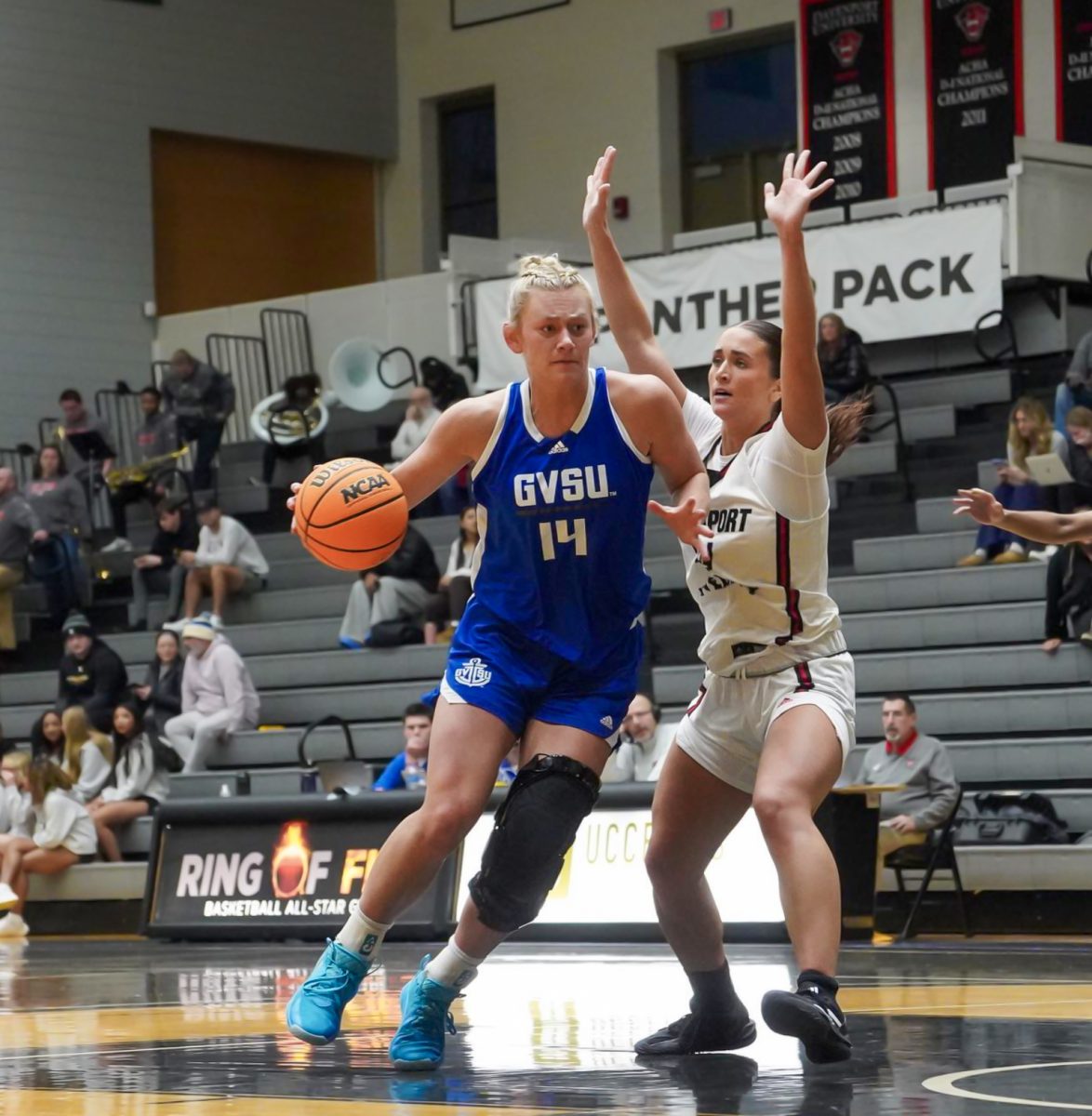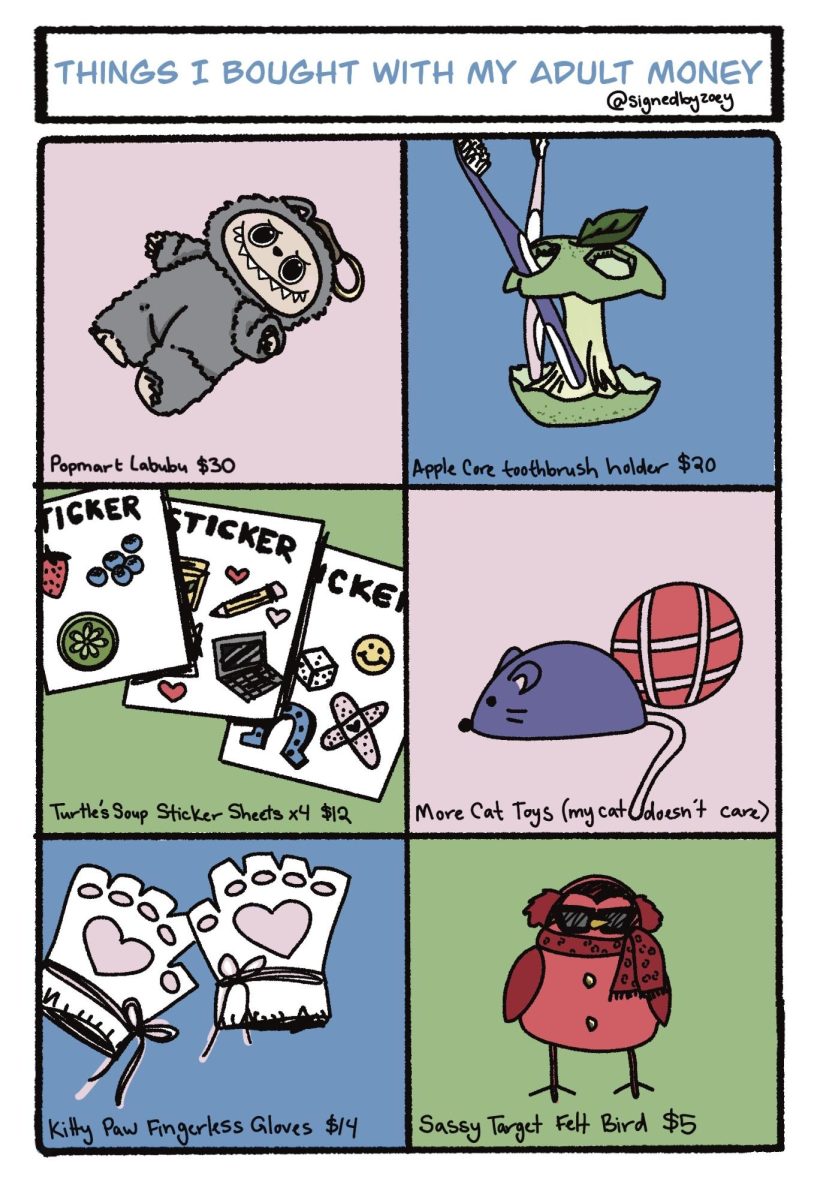GV hosts 9th annual Teach-In
Nov 15, 2021
In 2014, Grand Valley State University educators identified many indicators that members of GVSU were lacking the tools to have some difficult conversations in a complex, rich manner. University faculty, staff and students responded to this by coming together and establishing the Teach-In, which addressed areas of equality and inclusion and gave attendees the tools to seek social justice in their own lives.
As a result of the success of the first Teach-In, the University Academic Senate voted unanimously to keep Teach-In as a yearly event. Since then, students, faculty and staff have collaborated to reach others at the university.
“Hundreds of GVSU community members attend the Teach-In every year, and over the nine years that the event has been happening over 10,000 people have been impacted,” said faculty lead Karen Gipson.
On Wednesday and Thursday, Nov. 10 and 11, GVSU held its 9th annual Teach-In conference discussing “Power, Privilege and Difficult Dialogues.” The main goals, as laid out in the event mission statement, include raising awareness, informing, creating dialogue, and documenting suggestions for action.
Some of the many topics discussed at this year’s Teach-In included racial identities, food insecurity, religion, domestic violence, media bias and healthcare accessibility.
“The Teach-In is important because it provides a unique opportunity for the GVSU community to engage in mutual education about social justice issues that may not be discussed in other educational settings,” Gipson said.
What makes Teach-In unique is that anybody can propose a topic for discussion, Gipson said. Part of the event’s success can be attributed to the melting pot of topics arising from the student body. Each session, and each annual conference, is unique and relevant to current cultural injustices and inclusion.
“Anyone through our website is able to be a host,” said Kyle Gineman, Vice President of the Diversity Affairs Committee. “That is basically open to the public, even though it is mainly promoted to student senators, RAs or people who work at social justice centers.”
After making contact with a co-creator, prospective 2022 presenters may get involved with the event by creating a proposal for the Diversity Affairs Committee. The proposals can be structured in three ways: a precise idea and presentation format, a working concept with an agreed-upon mode of presentation or a document or media created within the lens of social justice, through which ideas will be analyzed in new contexts.
Above all, collaborators must agree on a time and date for the presentation upon proposal submission. Along with this, regardless of proposal format, the Diversity Affairs Committee may accept or deny all or parts of the content, along with making suggestions for the presentation.
Likewise, each presentation must have at least one student and one faculty member or graduate student. This encourages graduate students, faculty members and students to act as co-creators, which is often not seen in a traditional classroom setting, allowing for diverse, authentic viewpoints.
It’s these first-hand experiences that allow the Teach-In to fulfill its purpose in the GVSU community by empowering those presenting, as well as attendees, with information to take with them as they interact with the larger community.




